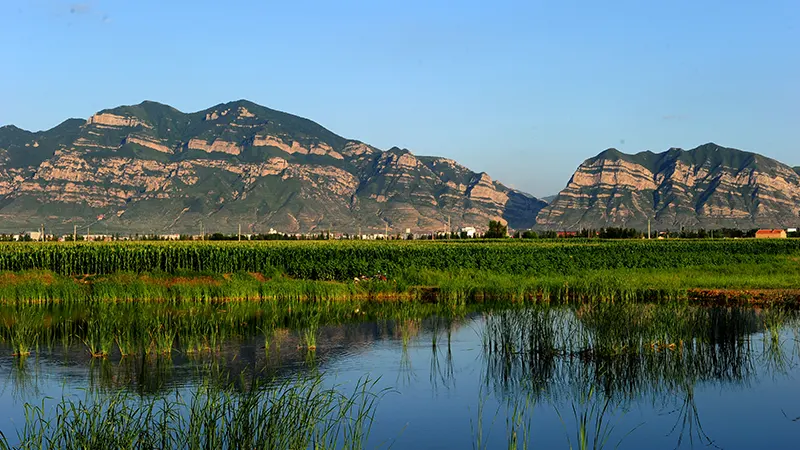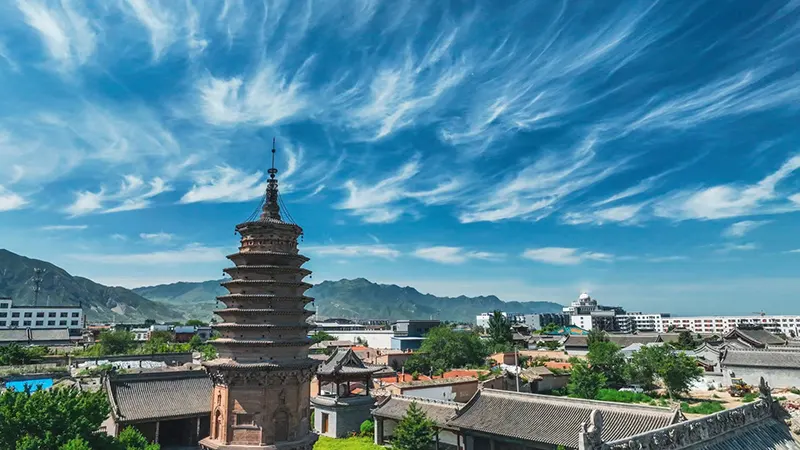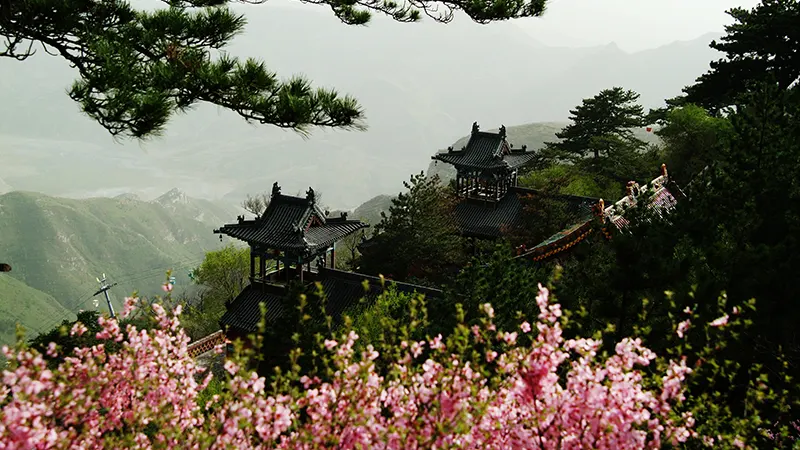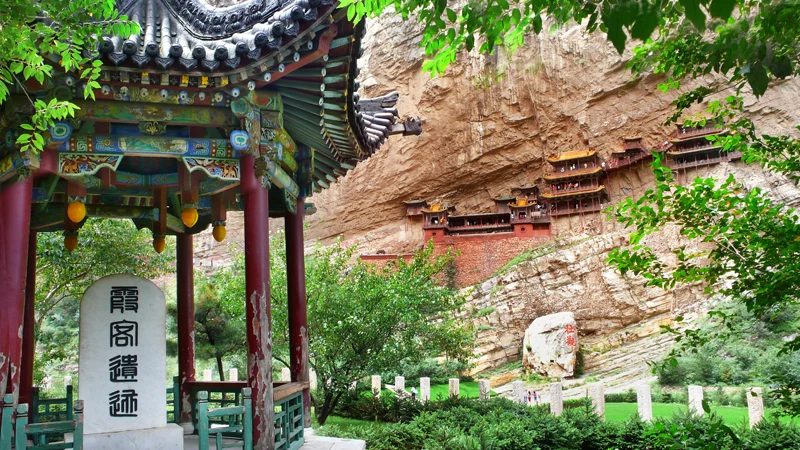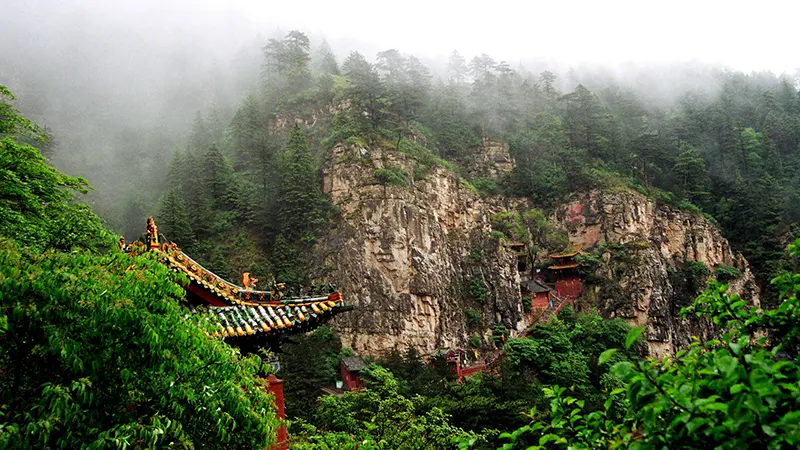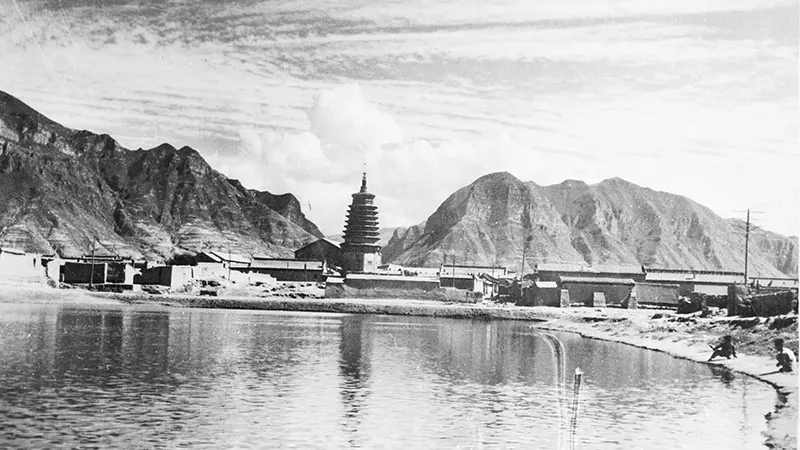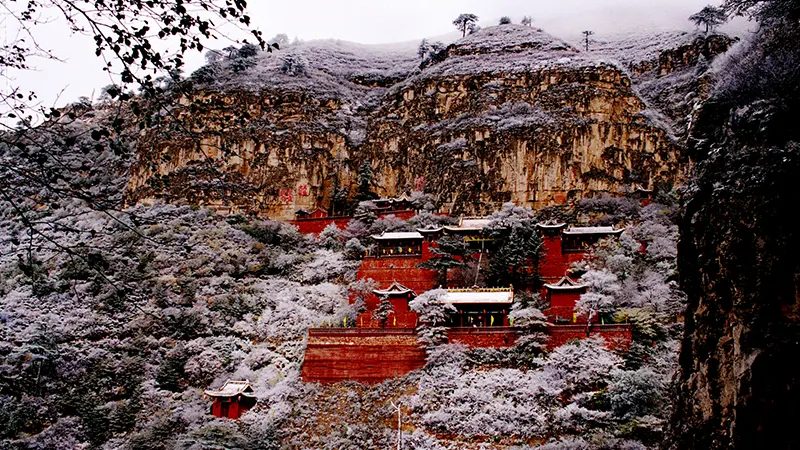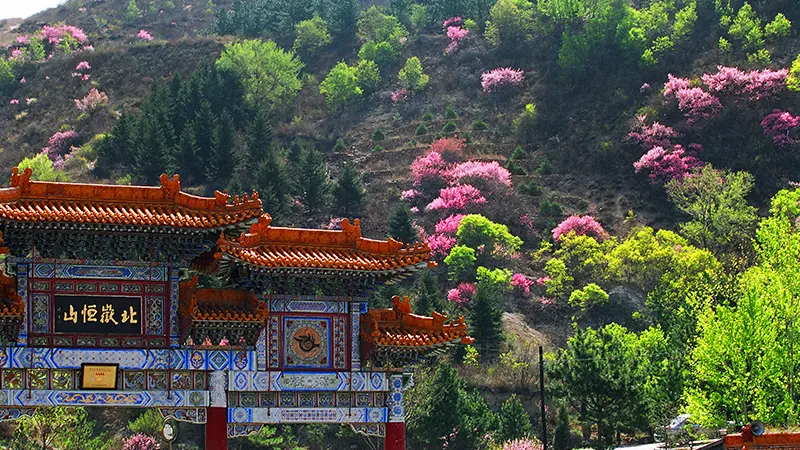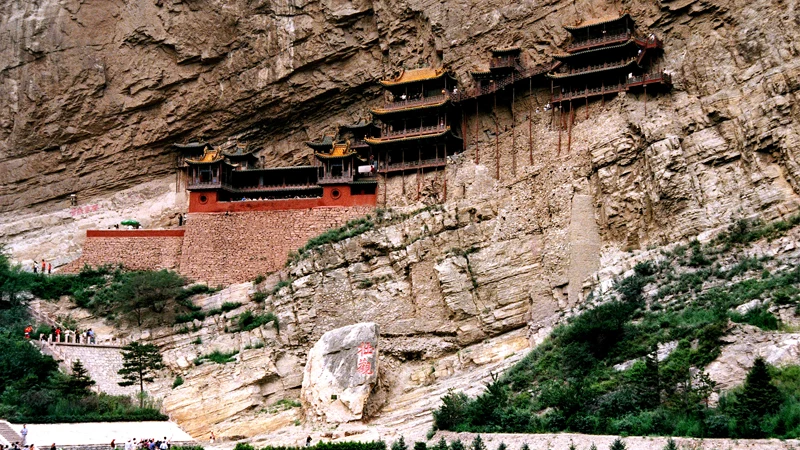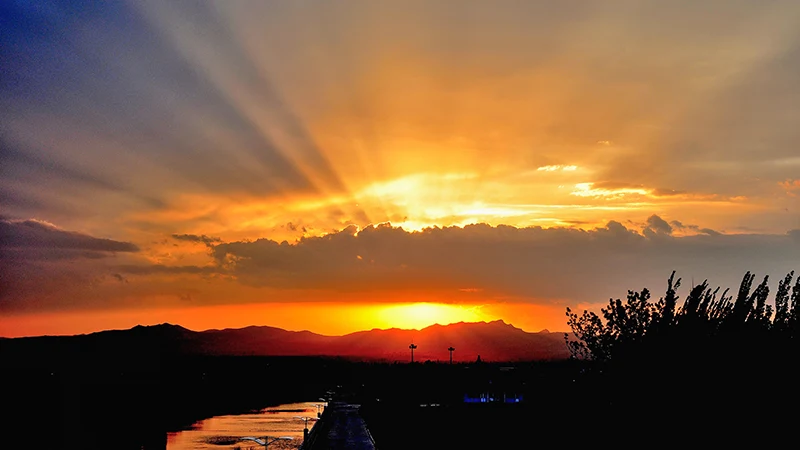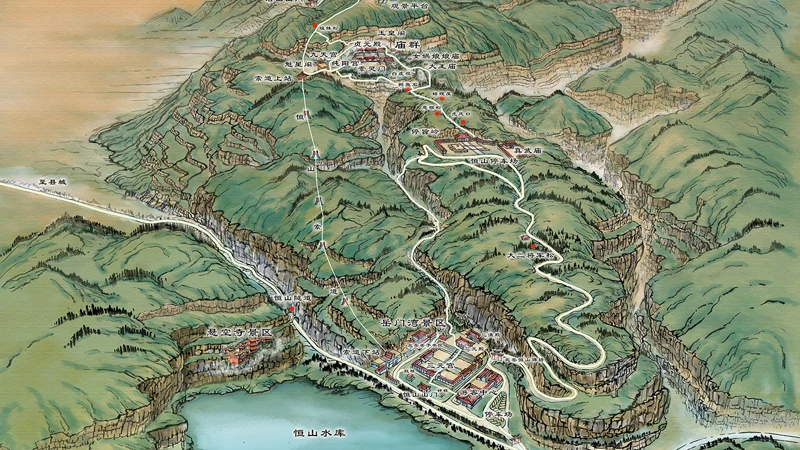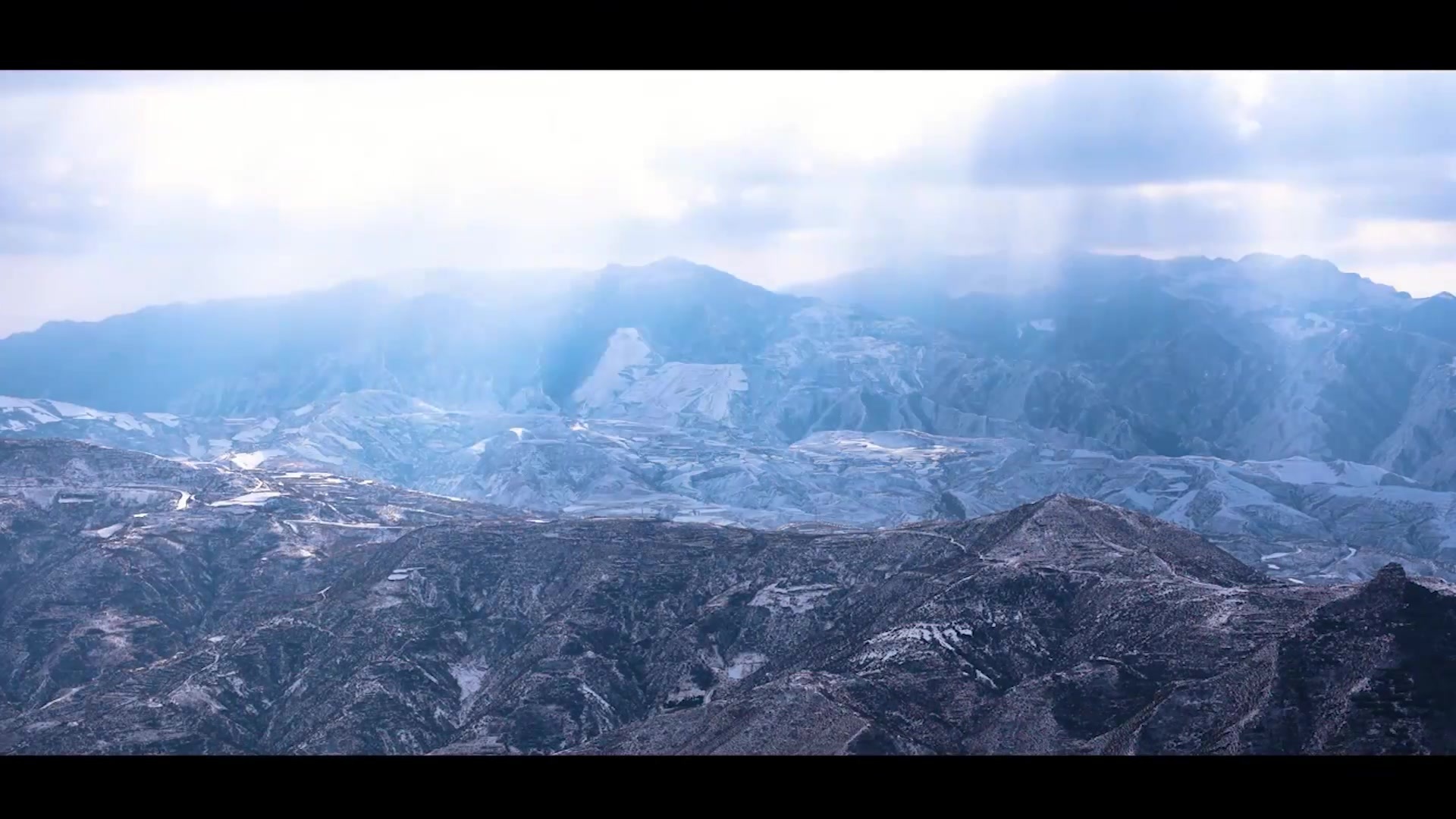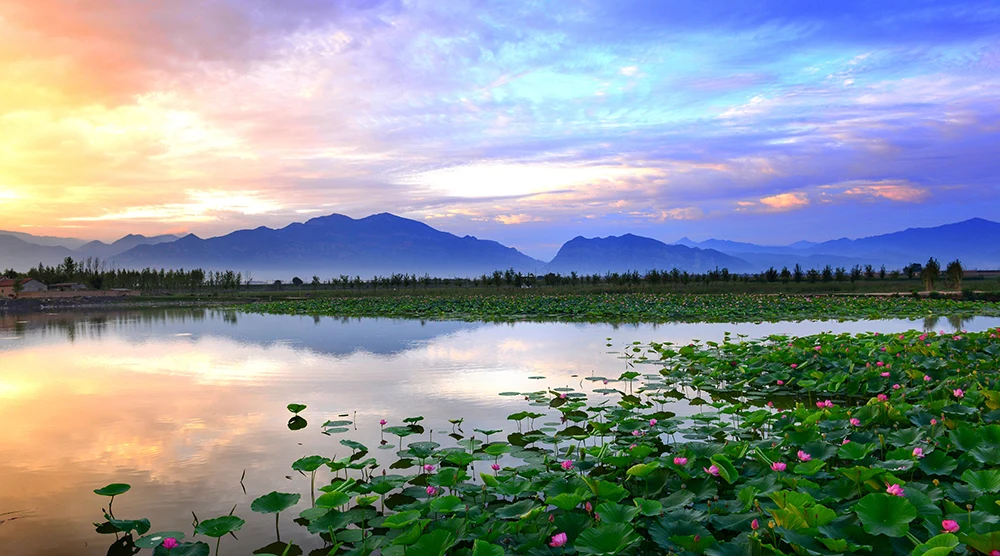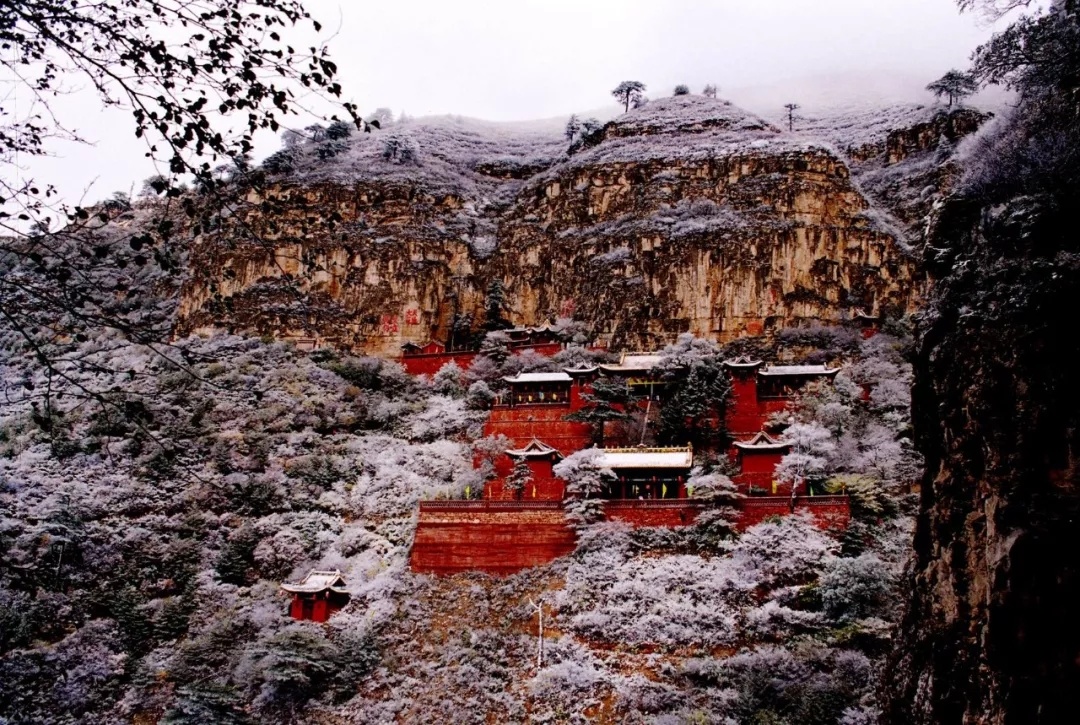Hengshan Mountain Scenic Area Announcement
Notice: This year's "May Day" holiday, the roads to Hengshan Mountain and Hanging Temple scenic areas are smooth and no longer congested! The Hunyuan County Party Committee and County Government, where Hengshan Mountain scenic area is located, have built a large parking lot in Liuhe Park. To effectively divert traffic flow and reduce the inconvenience caused by traffic congestion to tourists, from May 1st to 5th, tourists who drive to Hengshan Mountain and Hanging Temple can park their vehicles in the Liuhe Park parking lot and take the free shuttle bus to Yuemen Bay and Hanging Temple to purchase tickets and visit. Tourist buses are parked in the Yuemen Bay area Xiapanpu parking lot and the Hanging Temple's second parking lot. Tourists going up Hengshan Mountain from Yuemen Bay can choose to take the cable car or take the round-trip...
2020/04/21
Ticket prices for various scenic spots in Hengshan Mountain
Scenic spot tickets: Peak season April 1 to October 31, off-season November 1 to March 31 of the following year. Hanging Temple: The Hanging Temple scenic spot ticket Price is based on the approval of the Datong Municipal Price Bureau's Tongjiafei No. [2010] 32 document, and is now based on the spirit of the Datong Municipal Development and Reform Commission's Tongfa Gai Market Fa [2018] 431 document: 1. Price Standard: Full Price Ticket: Entrance Ticket 15 yuan, Climbing Fee 100 yuan. Half-Price Ticket: Entrance Ticket 8 yuan, Climbing Fee 50 yuan. Hengshan Mountain: The Hengshan Mountain scenic spot ticket Price is now based on the spirit of the Datong Municipal Development and Reform Commission's Tongfa Gai Price Adjustment Fa [2019] 316 document: 1
2020/03/18
Why is Hengshan Mountain so named? When was it designated as the Northern Peak?
The naming of Hengshan Mountain has various explanations. The Zhou Li states: "To the north of Bingzhou, its mountain is called Hengshan Mountain"; Baihu Tong says: "North represents the end of Yin and the beginning of Yang, its way is enduring, therefore it is called Changshan"; Fengsu Tong says: "Eternal and constant, all things submit to the North, it is constant". Another explanation is that Hengshan Mountain's shape is horizontal, and "heng" (横) and "heng" (恒) are similar in pronunciation. Another explanation is that it is named after the Hun River, anciently called Hengshui. The Shudian calls it the Northern Mount. The Yugong calls it Taihang Hengshan Mountain. The Zhenzhong Mishu calls it Tai Hengshan Mountain, Hengzongmingyue. The Shui Jing Zhu calls it Yuan Yue, Zi Yue, and also "Damao Mountain", "Shenjian Mountain", etc. During the reign of Emperor Wen of Han, it was renamed Changshan due to the avoidance of the name Liu Heng; during the Yuanhe years of the Tang Dynasty, it was renamed Zhenyue; during the reign of Emperor Zhenzong of Song, it was renamed Changshan again due to the avoidance of the name Zhao Heng. Despite many other names, the basic names are "Hengshan Mountain" and "Changshan". Guanzi says: "Heng (恒) represents the constant way of Heaven." Therefore, "heng" (恒) and "chang" (常) both imply "enduring". Tracing back the origin of the Northern Mount, as early as the time of Yao, he appointed the four sons of Xi He to govern the four sacred mountains, Xi Zhong as the governor of the Eastern Mount, Xi Shu as the governor of the Southern Mount, He Zhong as the governor of the Western Mount, and He Shu as the governor of the Northern Mount. During the reign of Emperor Shun, he spent a year inspecting the four sacred mountains, going east to Mount Tai in February, south to Mount Heng in May, west to Mount Hua in August, and north to Hengshan Mountain in November. According to the Shangshu, Emperor Shun went north to inspect Hengshan Mountain in November of winter, and when he arrived at Quyang in Jizhou, a heavy snow blocked the mountain, preventing him from proceeding. He then paid homage to the mountain, and a huge stone flew from Hengding and landed before him. Emperor Shun enshrined this stone as the "An Wang Stone", and later generations built the "Feishi Dian" in Quyang. Since then, Hengshan Mountain has also left behind the "Feishi Remains". Although this is just a legend, the Shudian and Yugong were both written during the Qin and Han dynasties. At that time, there were "twelve famous mountains in the world, and two of them were Hengshan Mountain", showing that as early as two thousand years ago, Hengshan Mountain was known as the second mountain in the world. And Erya says: "Hengshan Mountain is the Northern Mount". In other words, as early as the Qin and Han dynasties, Hengshan Mountain was already called the Northern Mount.
2020/01/15
The Number One Mountain in North China - Hengshan Mountain
Hengshan Mountain, known as the Northern Mount, is one of the Five Great Mountains of China, along with Mount Tai (Eastern Mount), Mount Hua (Western Mount), Mount Heng (Southern Mount), and Mount Song (Central Mount). Hengshan Mountain has been known since ancient times as the "Northern Pillar of Heaven and Earth" and the "Famous Mountain of the Remote Frontier." In 1982, it was designated by the State Council as a key national cultural relic protection unit. Hengshan Mountain was formerly known as Changshan, Hengzong, Yuan Yue, and Zi Yue. It is located 10 kilometers south of Hunyuan County and 62 kilometers from Datong City. Among them, the dangerous passes of Daomanguan, Zijinguang, Pingxingguan, Yanmenguan, and Ningwu Pass are the throat of the pass from the plateau outside the pass to the Jizhong Plain, and have always been a place of contention among military strategists. Hengshan Mountain is the watershed of the Sanggan River and Hutuo River, tributaries of the Haihe River. It is said to have 108 peaks, stretching 150 kilometers from east to west, spanning Shanxi and Hebei provinces. It connects to Yanmen Pass in the west, spans the Taihang Mountains in the east, protects the three Jin provinces in the south, and overlooks the two states of Yun and Dai in the north. It is vast, majestic, and imposing. There is an old saying: "Hengshan Mountain is like walking," "Mount Tai is like sitting," "Mount Hua is like standing," "Mount Song is like lying down," and "Mount Heng is like flying." The main peak of Hengshan Mountain is located south of Hunyuan County, with an elevation of 2016.8 meters, making it the highest of the Five Great Mountains. It is known as the "Northern Pillar of Heaven and Earth," the "Famous Mountain of the Remote Frontier," and the "Second Mountain in the World." Hengshan Mountain is famous for its Taoism and has attracted tourists with its unique and dangerous scenery since ancient times. Upon climbing Hengshan Mountain, one will find that the pines and cypresses, temples, pavilions, exotic flowers and plants, and strange rocks and caves constitute the famous Eighteen Sceneries of Hengshan Mountain. Places like Guolaoling, Gusaoyan, Feishiku, Huanyuandong, Hufengkou, and Dazibawan are full of mythical color. The Hanging Root Pine, Zizhiyu, and Kutianjing are miracles of the natural landscape of Hengshan Mountain. The Kutianjing is located halfway up Hengshan Mountain. The two wells are one meter apart, but the water quality is completely different. One well has sweet and refreshing water, known as the Sweet Well; the other well has bitter and undrinkable water. The Sweet Water Well is several feet deep, but it never runs dry and can supply water to tens of thousands of people. During the Tang Dynasty, Emperor Xuanzong Li Longji presented a plaque to the Sweet Well, calling it the "Dragon Spring View." The Hanging Temple is known as a fairyland on earth. It is built in mid-air, with horizontal wood as beams, hanging from a cliff above and overlooking a steep valley below. On the cliff below the Hanging Temple, the words "Magnificent View" are carved. It is said to have been inscribed by the great Tang Dynasty poet Li Bai after his visit.
2020/01/15


